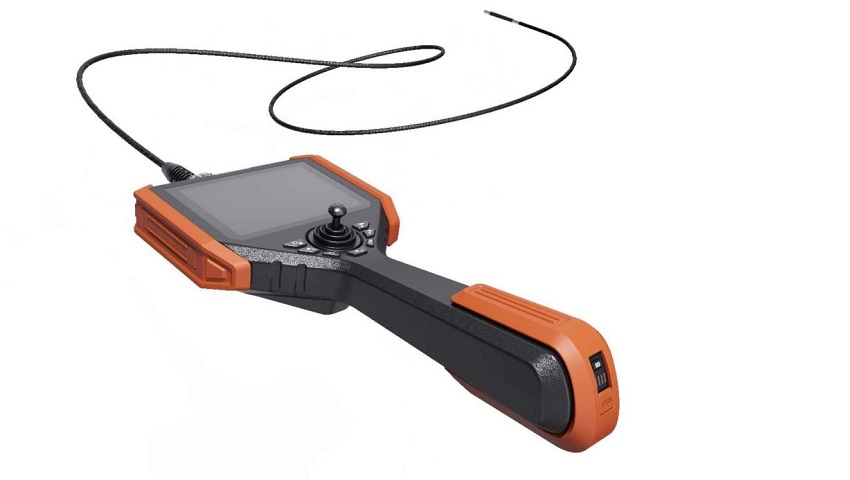Advancing Industrial Inspection: The Power of Video Endoscopes
2023-08-28
The industrial sector relies heavily on efficient and effective inspection and maintenance practices to ensure smooth operations and prevent costly downtime. In recent years, industrial video endoscopes have emerged as a game-changing technology, revolutionizing the way inspections are conducted. This article explores the capabilities, advantages, and applications of industrial video endoscopes, highlighting their significant contributions to the industrial sector.
1.The Power of Visual Inspection:
Visual inspection plays a vital role in identifying defects, assessing condition, and diagnosing potential issues within industrial equipment and structures. Industrial video endoscopes provide a crucial tool to capture real-time visual information from hard-to-reach areas, machinery, pipelines, and other internal components. They enable inspectors, engineers, and maintenance personnel to perform non-destructive examinations with precision and accuracy.
2.Advanced Capabilities of Industrial Video Endoscopes:
a. High-Quality Imaging: Industrial video endoscopes capture high-resolution images and videos of internal components, allowing inspectors to closely examine minute details and identify potential problems.
b. Flexible Probes: These endoscopes are equipped with flexible probes that can navigate through convoluted pathways, intricate machinery, and narrow spaces, providing access to areas that are otherwise difficult to reach.
c. Illumination: Industrial video endoscopes are equipped with adjustable LED lights to provide optimal illumination, ensuring clear visual inspections even in low-light conditions.
d. Various Probe Lengths and Diameters: Endoscopes come in different lengths and diameters, catering to the specific requirements of different industries and applications.

3.Wide Range of Applications:
Industrial video endoscopes find applications across various industries and sectors, such as:
a. Manufacturing: Inspecting manufacturing equipment, monitoring production lines, and verifying product quality during the manufacturing process.
b. Petrochemical and Energy: Assessing the condition of pipelines, storage tanks, and heat exchangers for corrosion, leaks, and other defects.
c. Automotive: Inspecting engine components, fuel systems, and other critical parts for wear, damage, or blockages.
d. Aerospace: Performing inspections of aircraft engines, hydraulic systems, and structural components to ensure safety and airworthiness.
4.Benefits of Industrial Video Endoscopes:
a. Time and Cost Savings: Industrial video endoscopes significantly reduce inspection time by providing immediate visual feedback and eliminating the need for disassembly or invasive methods. This leads to cost savings by minimizing downtime and preventing unnecessary repairs.
b. Non-Destructive Testing: Video endoscopes facilitate non-destructive testing, allowing comprehensive inspections without causing damage to the inspected objects.
c. Enhanced Safety: Industrial video endoscopes enable inspections to be carried out remotely, reducing the need for personnel to enter hazardous or confined spaces.
Industrial video endoscopes have revolutionized the inspection and maintenance practices in the industrial sector. With their advanced capabilities, these tools enable accurate and non-destructive visual inspections of inaccessible areas and internal components, saving time, reducing costs, and ensuring operational efficiency. As the technology continues to evolve, industrial video endoscopes are expected to become even more versatile and indispensable in various industries, contributing to safer operations and higher productivity.



